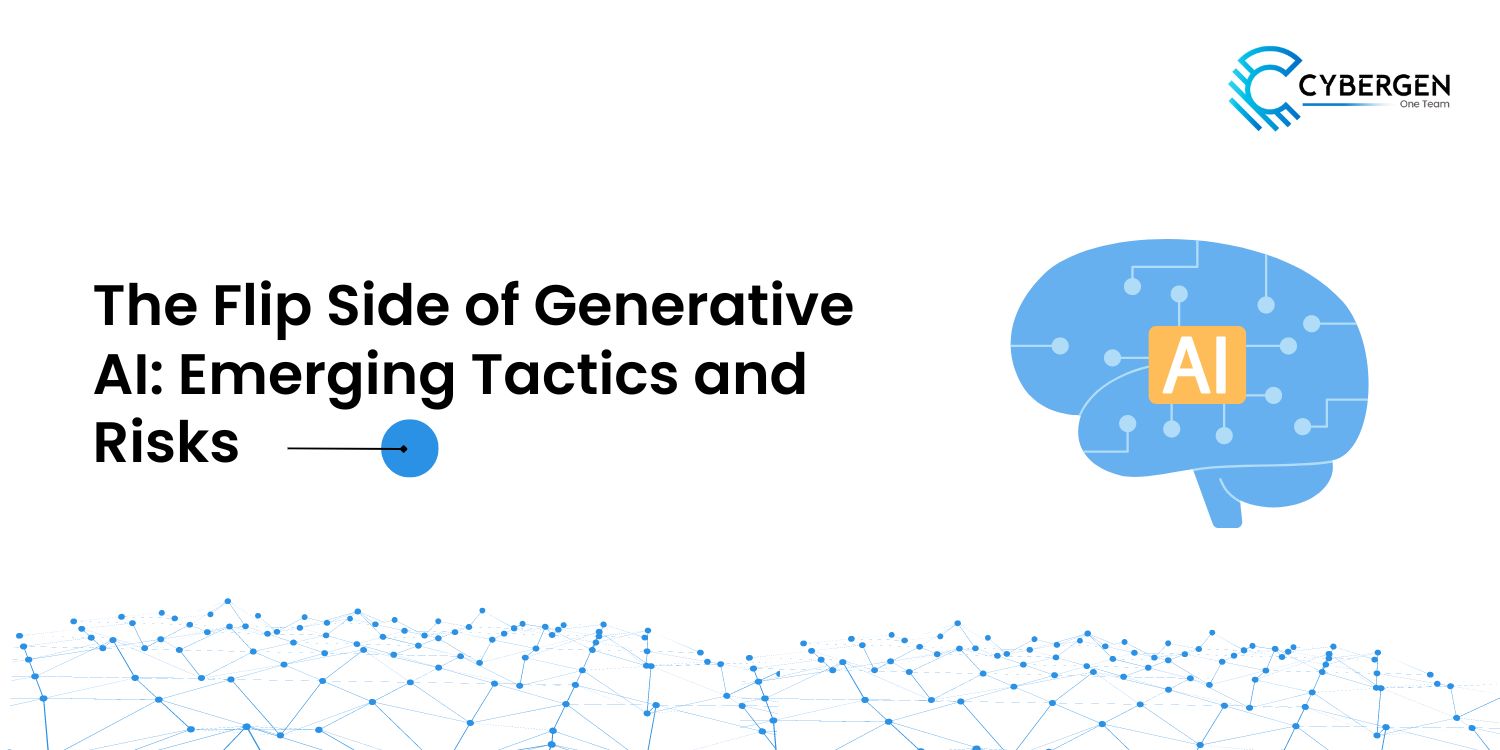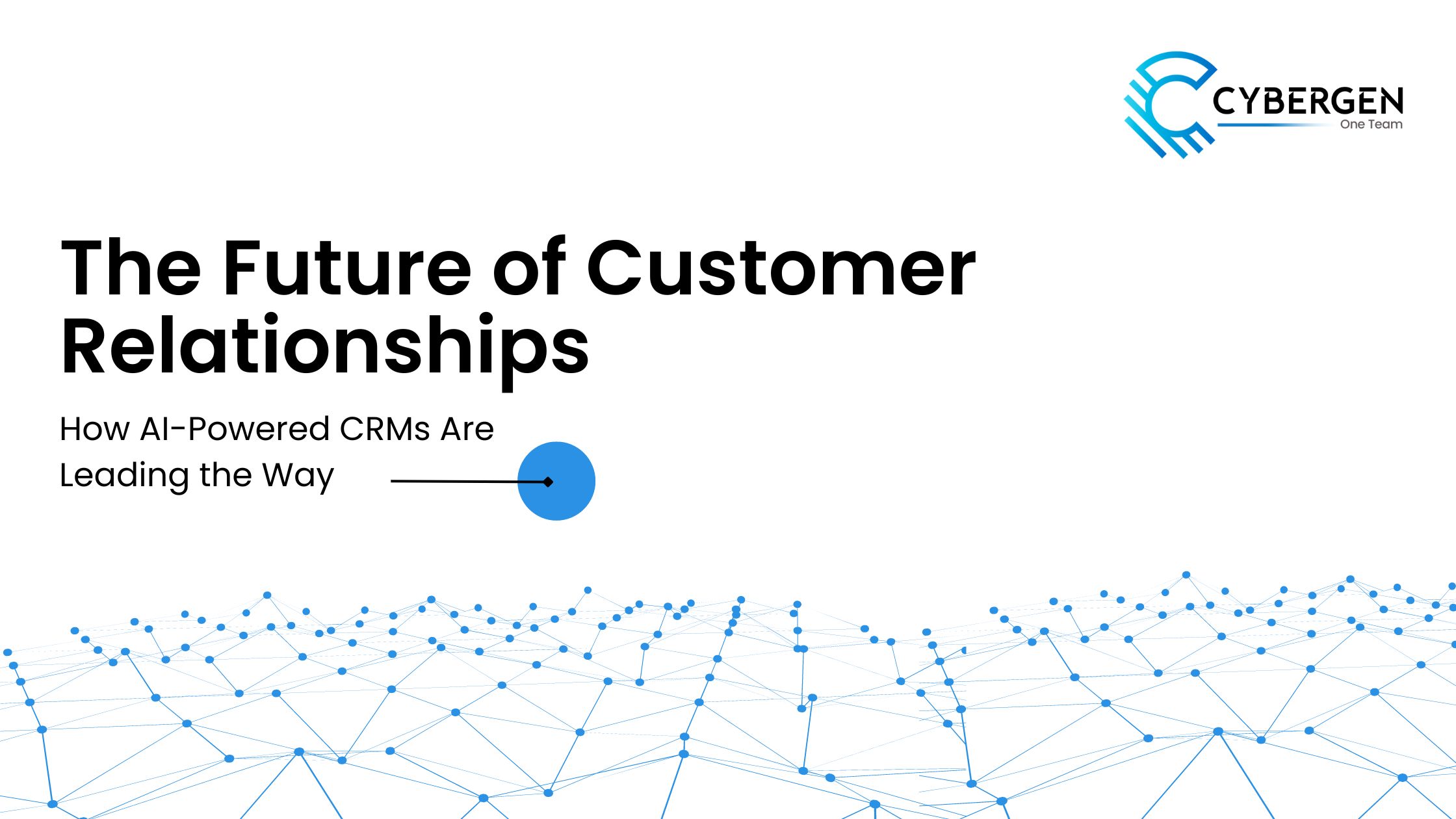Last year, the top five countries with the most cybersecurity incidents were the United States, China, India, Brazil, and Russia. And as per other stats, 50% of the organizations are still experiencing cybersecurity incidents, despite increased confidence in their security measures. Hacking isn't just about finding weaknesses in systems; it's about understanding why people do it.
Imagine hackers as characters in a movie: some wear white hats, meaning they're the good guys trying to protect systems. Others wear gray hats, not entirely good or bad, while some wear black hats, representing the bad guys who cause trouble.
White Hats are like digital superheroes, using their skills to keep systems safe from cyber attacks. Gray Hats are a bit mysterious; they might do some good things, but they also might bend the rules. Then there are Black Hats, the villains of the cyber world, causing chaos and fear.
In this blog we will get to know the worlds of White Hats, Gray Hats, and Black Hats, exploring why they do what they do, and the impact they have on our digital lives.
Who are White Hat Hackers?
White hat hackers are the ethical guardians of the digital space. They work with organizations, conducting penetration testing that simulates real-world attacks to expose vulnerabilities. White hat hackers operate with permission, following strict guidelines to uncover security flaws without causing harm.
Their arsenal includes a vast array of tools and techniques – from social engineering simulations to probing for software bugs. By mimicking the methods of black hats, white hats stay ahead of the curve, anticipating and mitigating potential breaches. Often employed by security firms or directly by organizations, white hat hackers play a crucial role in fortifying our digital defenses.
Beyond penetration testing, white hats also contribute to the cybersecurity landscape by:
-
Developing and sharing security tools
-
Educating the public on cyber threats
-
Reporting newly discovered vulnerabilities responsibly
These ethical hackers are the backbone of a secure cyberspace, constantly patching the holes in the digital dam before the flood of malicious activity breaks through.
Who are Gray Hat Hackers?
These hackers possess the same skills and tools as their white and black hat counterparts, but their motivations remain shrouded in a veil of ambiguity. Gray hats may discover vulnerabilities in systems without permission, similar to black hats. However, unlike their malicious counterparts, gray hats often disclose their findings to the system owner, sometimes in exchange for a reward or recognition.
Their actions raise a host of ethical questions. While they expose vulnerabilities, their lack of permission can be seen as a violation. However, their responsible disclosure often benefits the system owner, prompting them to patch the security holes before cybercriminals exploit them.
Here are some of the reasons why a gray hat might operate in this gray area:
-
A desire to improve the overall security of the internet
-
A belief that responsible disclosure is more effective than simply ignoring the vulnerability
-
A playful challenge, a desire to test their skills
Grey hats can be a double-edged sword. Their findings can strengthen security, but their methods can also create uncertainty and potential legal ramifications.
Who are Black Hat Hackers?
The consequences of black hat hacking can be devastating. Data breaches can expose sensitive information like financial records or personal data, leading to identity theft and financial ruin. Ransomware attacks can cripple entire organizations, demanding hefty sums to unlock vital data. Disinformation campaigns orchestrated by black hats can sow discord and manipulate public opinion.
Black hat hackers are constantly evolving their tactics, requiring constant vigilance from white hats and security professionals. Here are some common types of black hat attacks:
-
Phishing attacks: Masquerading as legitimate emails or websites, these attacks trick users into revealing sensitive information.
-
Malware attacks: Malicious software designed to steal data, corrupt systems, or disrupt operations.
-
Denial-of-service attacks: Overwhelming a system with traffic, rendering it inaccessible to legitimate users.
Beyond the Hats
The world of hacking is not a clear-cut division of good versus evil. While white hats and black hats represent the extremes of the ethical spectrum, gray hats blur the lines between the two. Additionally, motivations can be complex. A white hat hacker might turn gray if their efforts go unrecognized or under-compensated. A playful gray hat might inadvertently cause harm by not considering the full impact of their actions.
The key takeaway? Hacking is not a monolithic activity. It's a diverse landscape driven by a range of intentions. Understanding these motivations is crucial for fostering a more secure cyberspace. By recognizing the valuable contributions of white hats and mitigating the potential risks posed by gray hats, we can create a more collaborative and effective approach to cybersecurity.
How can we bolster our personal defenses?
As individuals, we are the first line of defense against cyber threats. Here are some essential practices to cultivate:
-
Strong Passwords & Multi-Factor Authentication: Use complex, unique passwords for all your online accounts. Enable multi-factor authentication (MFA) whenever possible, adding an extra layer of security beyond just a password.
-
Software Updates: Keep your operating systems, applications, and firmware updated with the latest security patches. These updates often address newly discovered vulnerabilities.
-
Beware of Phishing: Don't click on suspicious links or attachments in emails or text messages. Verify the sender's legitimacy before engaging.
-
Secure Wi-Fi Connections: Avoid using public Wi-Fi networks for sensitive transactions. If necessary, use a virtual private network (VPN) to encrypt your traffic.
-
Data Backups: Regularly backup your important data to a secure location in case of a ransomware attack.
How to strengthen our collective defenses?
Individual vigilance is crucial, but a truly secure cyberspace requires a multi-pronged approach. Here's how we can strengthen our collective defenses:
-
Cybersecurity Education: Raising awareness about cyber threats and best practices is essential. Educational initiatives should target individuals, businesses, and organizations alike.
-
Collaboration Between Public and Private Sectors: Sharing information about cyber threats and vulnerabilities between governments, security firms, and private companies can lead to more effective defense strategies.
-
Investment in Cybersecurity Infrastructure: Investing in robust security infrastructure, including firewalls, intrusion detection systems, and security software, is paramount for organizations of all sizes.
-
Regulation and Law Enforcement: Developing and enforcing strong cybersecurity regulations can deter cybercrime and hold malicious actors accountable. International cooperation in cybercrime investigations and prosecution is also crucial.
These collective efforts are vital to creating a more secure digital environment. It's a continuous game of cat and mouse, requiring constant adaptation and improvement of our defenses.
Let’s Collaborate for a Safer Tomorrow
The landscape of hacking is constantly evolving. New vulnerabilities are discovered, and malicious actors refine their tactics. However, by understanding the motivations of different hacking groups and implementing robust security measures, we can create a more secure cyberspace. By fostering collaboration between individuals, organizations, and governments, we can build a digital frontier where innovation thrives, unhindered by the fear of cyber threats.
Relevant Blogs
Hey, I can help you with:
What AI solutions does CyberGen offer to enhance business operations? How can CyberGen's managed IT services improve my company's efficiency? What training programs are available through CyberGen Academy?



 1.png)
